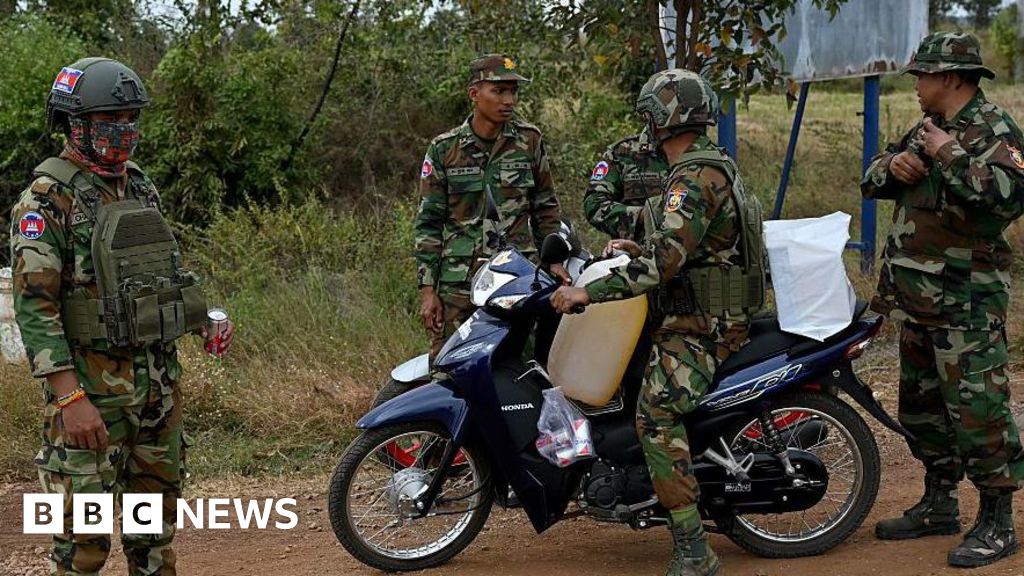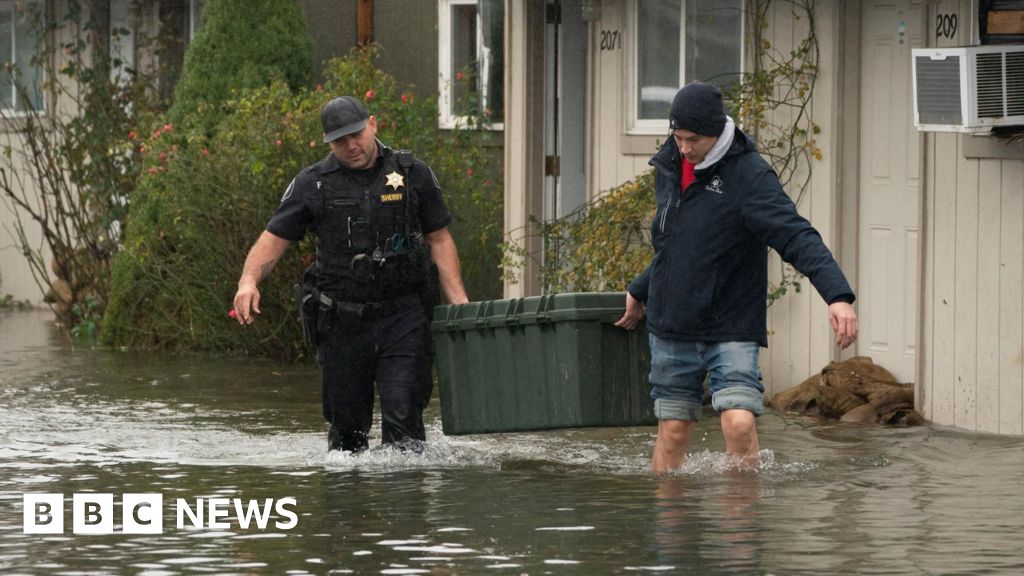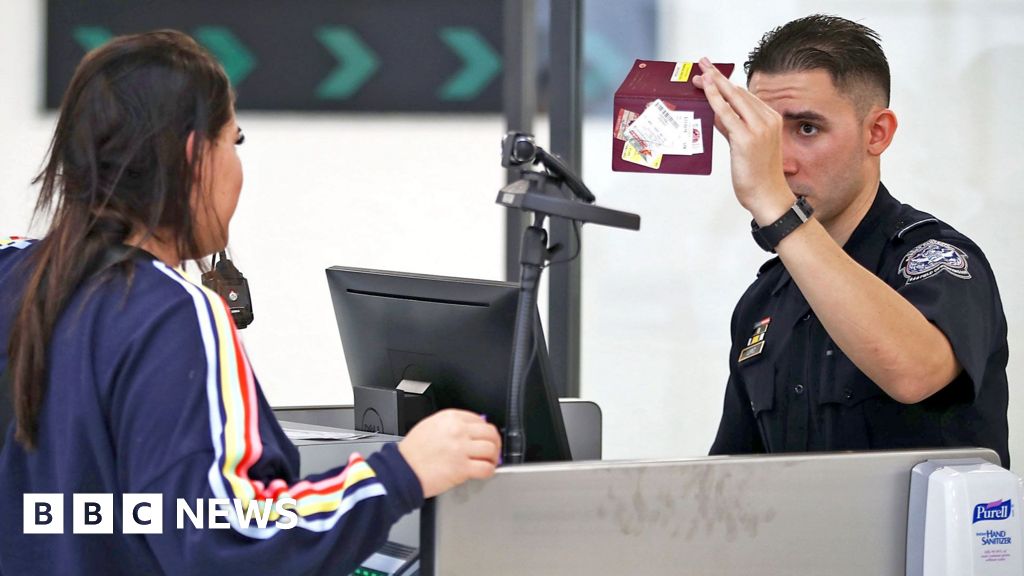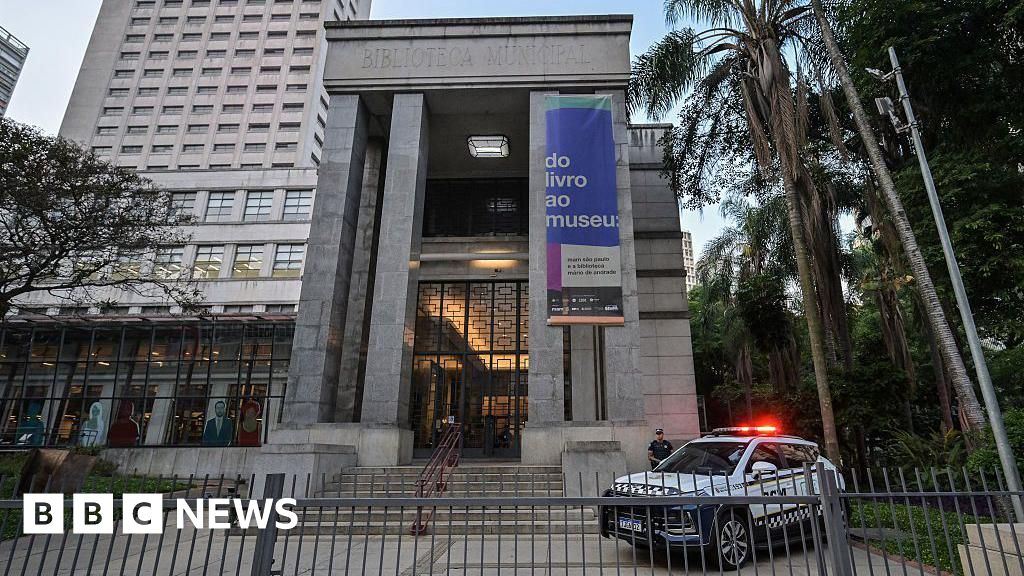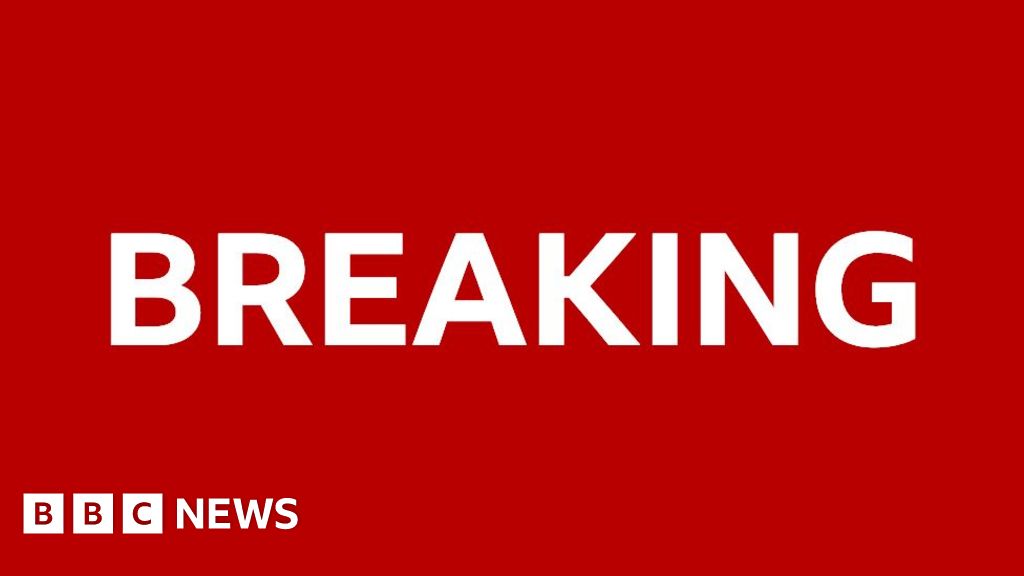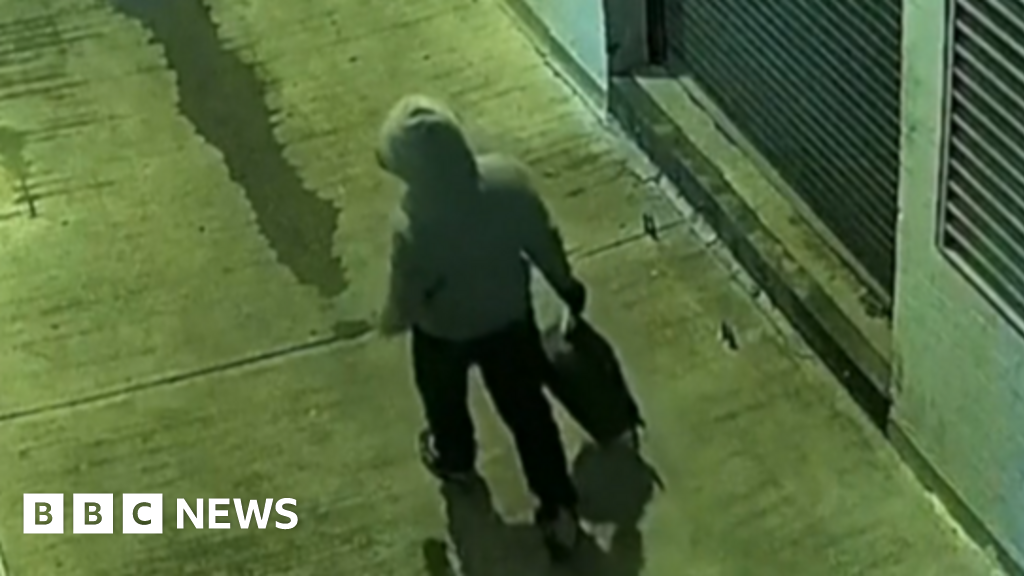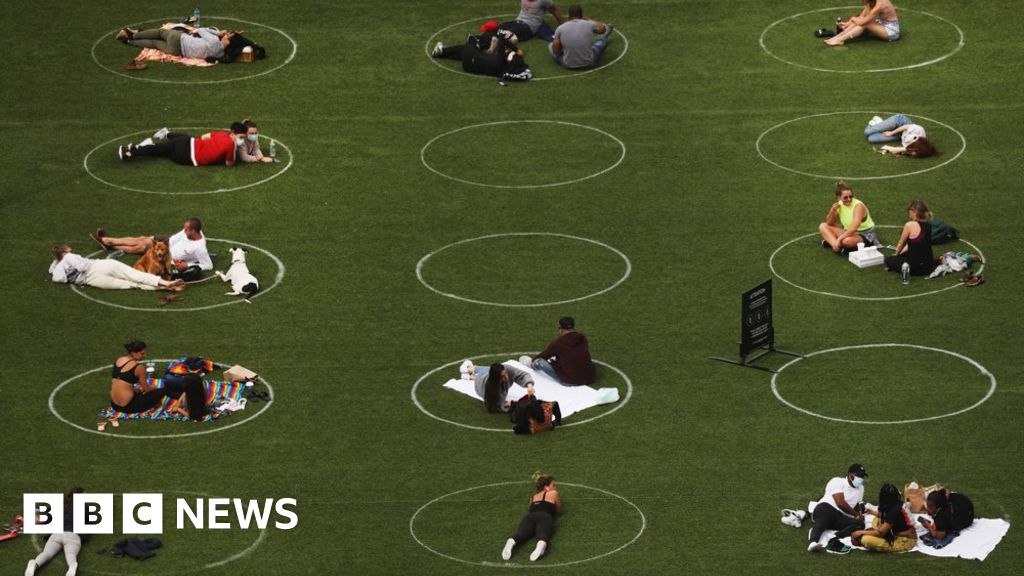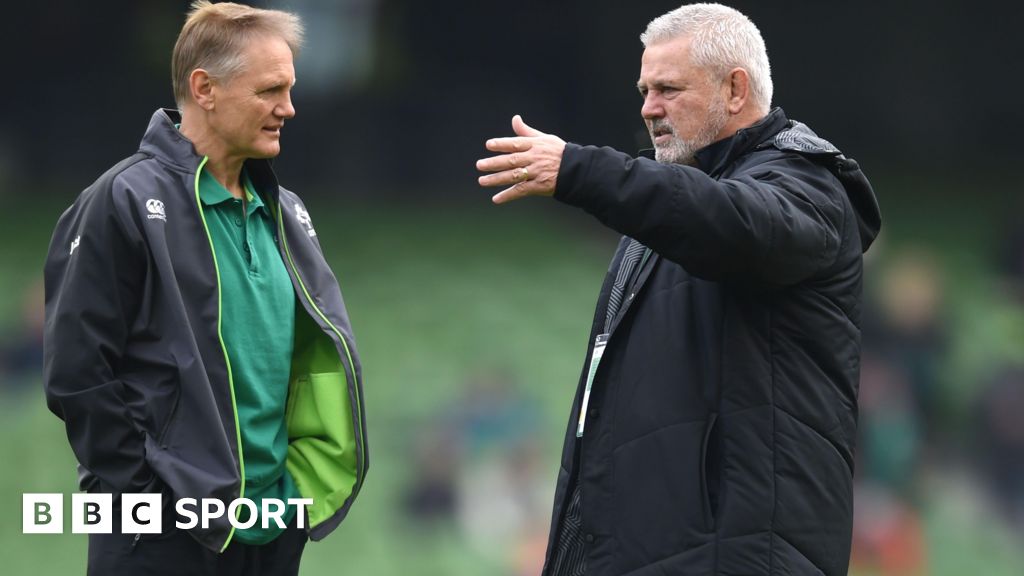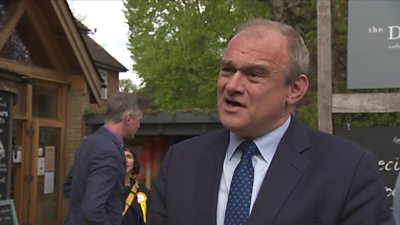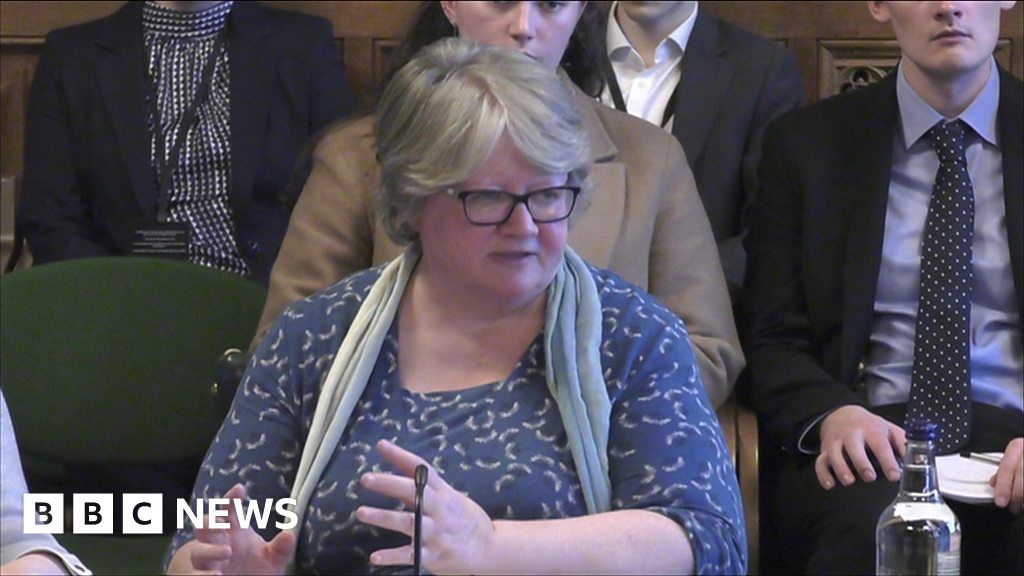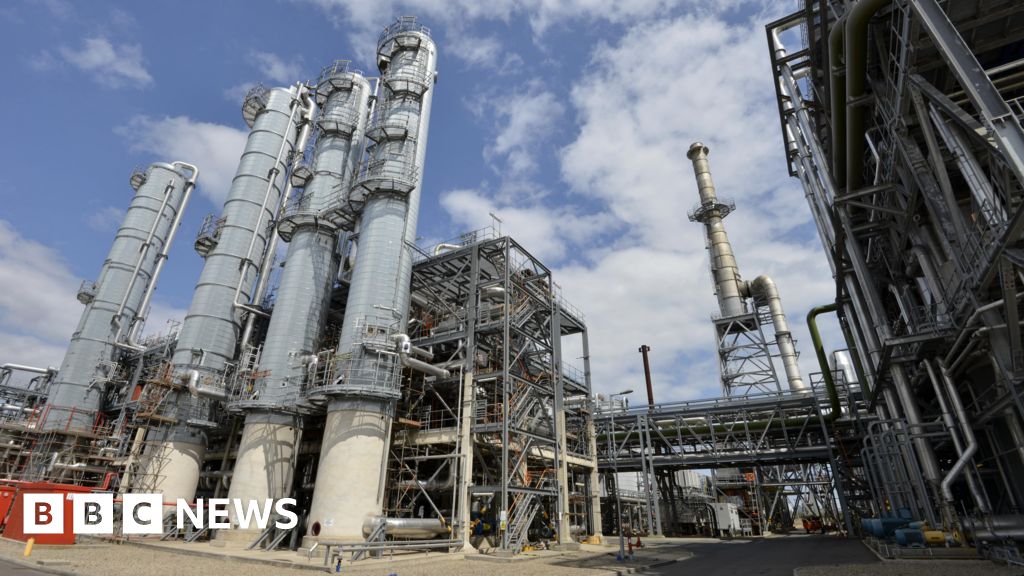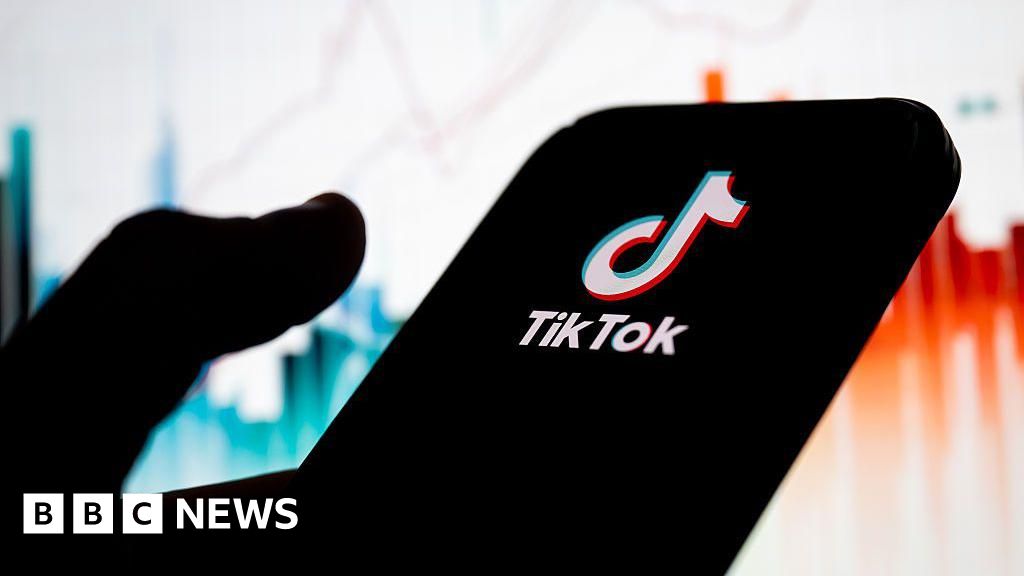Image copyright
Armadilla
Ross Hunter says his prototype ventilator is based on a coffee machine design
Scottish design engineer Ross Hunter has made it to the finals of a global competition to create low-cost ventilators for Covid-19 sufferers. His achievement is all the more remarkable because his prototype is based on a commercial coffee machine.
Ross Hunter is used to thinking outside the box. As chief executive of a company that specialises in designing accommodation pods, he has constantly sought innovative solutions to help keep his business ahead of the competition.
In his spare time over the years, he has also enjoyed “tinkering” with design concepts.
They include a prototype for a commercial coffee machine – an idea that sprang from a visit to his best friend’s coffee shop in Edinburgh.
“I became very interested in the complexity of speciality coffee machines,” he recalls.
“People in the industry are forever looking to find ways of improving the pressure and temperature profiles of the machines in order to extract every bit of flavour they can from a coffee bean.”
Image copyright
Getty Images
Mr Hunter became interested in the complexity of coffee machines
That invention was eventually put on the back burner as his day job became ever more demanding.
But all that was to change when the coronavirus pandemic took hold.
With his business near Edinburgh under lockdown, Mr Hunter learned of a global challenge set by a group of doctors at Massachusetts General Hospital who were concerned at a potential shortage of ventilators to help seriously ill Covid-19 patients.
The CoVent-19 Innovate2Ventilate challenge called for innovators around the world to create a low-cost, rapidly-deployable mechanical ventilator within 90 days.
Image copyright
PA Media
What is a ventilator?
- A ventilator is a machine that helps a person breathe by getting oxygen into the lungs and removing carbon dioxide
- Ventilators can be used to help a person breathe if they have lung disease or another condition that makes breathing difficult. They can also be used during and post-surgery
- A tube, connected to a ventilator machine, is placed in a person’s mouth, nose or through a small cut in the throat (called a tracheostomy)
Mr Hunter quickly realised that he already had the makings of a ventilator in his coffee machine concept and decided to adopt an alternative approach to a traditional “bellow” ventilator system.
He says: “It struck me that I could easily change a few components in my coffee machine prototype to make a ventilator.
“My coffee machine idea uses a drive system instead of a traditional pump. It is similar in concept to a lever coffee machine, but with a drive system that can be easily controlled.
“To get the ventilator prototype working I needed to make a few modifications to the coffee machine design – replace the plunger system with bellows and re-programme it to work.”
Image copyright
Armadilla
It took Mr Hunter three weeks to create a prototype ventilator
Working on his own, Mr Hunter took just three weeks to develop a prototype and 3D models for his CORE Vent design.
“I focused on creating the simplest ventilator possible that could be built anywhere and didn’t require specialist parts or equipment,” he explains.
Despite his unconventional approach, the CoVent-19 judges were impressed.
Mr Hunter has made the final seven out of well over 200 entries from more than 40 countries. He is the only individual left in the competition and the only contestant who is not based in North or South America.
But he is taking nothing for granted, knowing that the remaining competitors include a large team from Stanford University.
“I’m still taking in the news that I’ve reached the finals of the challenge up against such strong international competition,” says Mr Hunter.
Image copyright
Armadilla
Ross Hunter is now refining his invention ahead the challenge finals
He has assembled a small team of employees from his Bonnyrigg-based firm, Armadilla, to refine his prototype ahead of the finals deadline of 21 June.
The winner, who will be selected by the end of next month, will not receive any financial reward but will get to name the ventilator.
“I never expected to generate income from this idea,” says Mr Hunter, whose company was recently granted the Queen’s Award for Enterprise in the Innovation category.
“I just want to help in any way I can, especially those countries which do not have a lot of resources to pay for ventilators which can be extremely expensive.”
Although the United States and other countries have increased their production of ventilators, many nations, particularly developing ones, face a serious shortage.
For example, the World Health Organization has reported that 41 African countries have fewer than 2,000 functional ventilators in public health services between them.
Emily Blatter Boyer, one of the organisers of the CoVent-19 Challenge, says: “Our goal in this competition is to increase the supply of low-cost mechanical ventilators for heavily burdened modern medical facilities that provide pipeline oxygen within their facility.
“We remain hopeful that our competition will make a difference in the battle against Covid-19.
“Without a vaccine, which will not come for quite some time, the virus will continue to spread, and according to epidemiologists, has the ability to come back as an even stronger strain over the next year.
“$30,000 to $50,000 ventilator contracts may provide excess ventilators to major urban centres in the US, but will not be enough to meet the needs of this global crisis.”
The competition organisers say they are in discussions with manufacturers, distributors and the public sector to deliver the final winning ventilator around the world.
